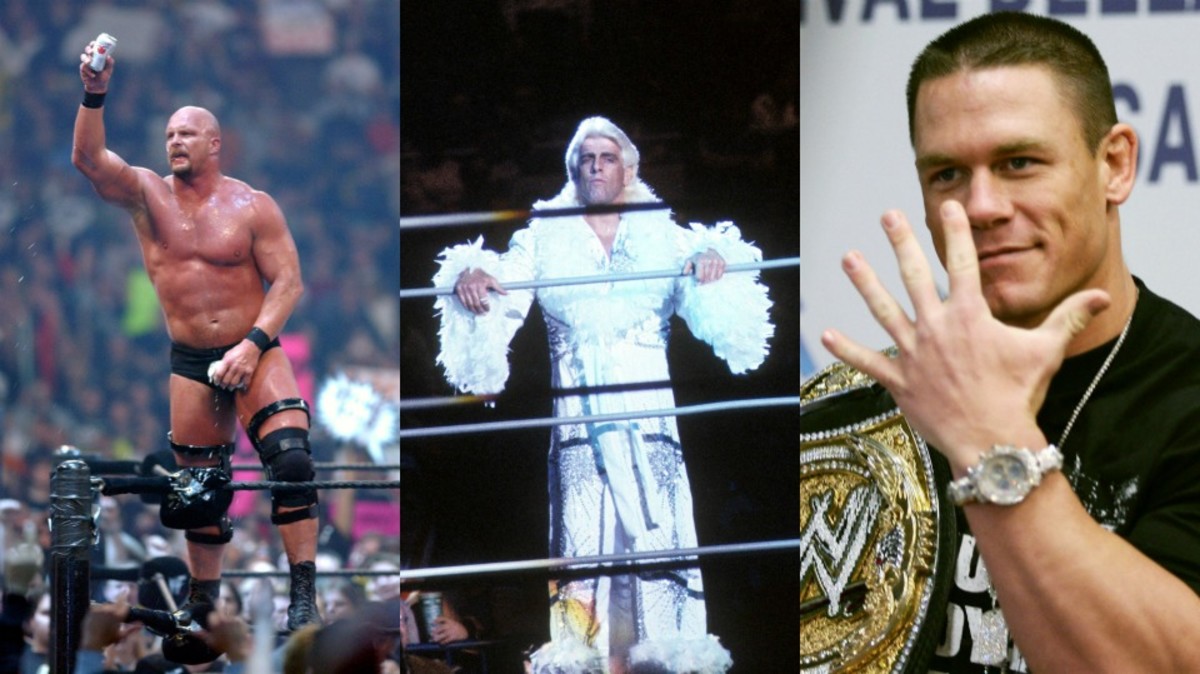This list is obviously extremely American and WWE-focused list, which is fine for an American publication, but probably not of any real value. Rikidozan & El Santo and Bruno Sammartino are just dumped in the 30's and 40's and Manami Toyota isn't in there at all. Terry Funk isn't in the top 50 but has supporters for GOAT status simply because he did it all, all over the place, for 30 years. There's no Tanahashi but Nakamura is there because of a (not particularly special) run in NXT which any of fan of 2000s/2010s NJPW would find laughable. Cagematch, probably the top rankings site for wresling nerds, has
a "top wrestlers" list which almost the opposite to that SI list, you have to get to 16 until you see an American in Shawn Michaels.
Doing any sort of GOAT rankings for wrestling is extremely difficult though given how much the industry has changed over 100 years. Are you ranking simply based on the in-ring performance? Their ability to generate money? A mixture of those things? The greatness of the pre-1970 wrestlers is usually a judgement based on how many people turned up to watch them. Now, no modern wrestler in WWE really has any impact on getting people to turn up to the show. They turn up for the brand nowadays (John Cena, iirc, is the last WWE guy whose announced appearances can
really be linked to an increase gate for their house show tours). WWE now makes their money through guaranteed TV deals (and uh the Saudi government) and the wrestlers are often replaceable (even the loss of John Cena was overcome with little trouble, and now Vince McMahon has gone with no noticeable negative impact yet), but TV ratings are not as easy to link to greatness as a main eventer going from city to city and drawing a crowd like the NWA title holders in the territory days or Bruno Sammartino selling out MSG 180 times or whatever.
It's also nearly impossible to compare a John Cena or Fic Flair to Rikidozan & El Santo who are nearly mythical figures. Rikidozan essentially created the Japanese wrestling industry, had a match against Lou Thesz (himself a possible GOAT) that was watched by 87% of people with a TV in Japan and another match against the Destroyer is claimed to have been watched by 70M of people in Japan (a more concrete claim of 64% of people with a TV watching the match iexists) and two of his students would go onto to consolidate the wresting industry and each have their own claims on GOAT status (Giant Baba and Antonio Inoki). El Santo simply transcended the business and became a cultural icon in Mexico that isn't really comparable to any other wrestler. Eddie Guerrero said El Santo was “bigger than Hulk Hogan and Stone Cold Steve Austin combined” for example.

